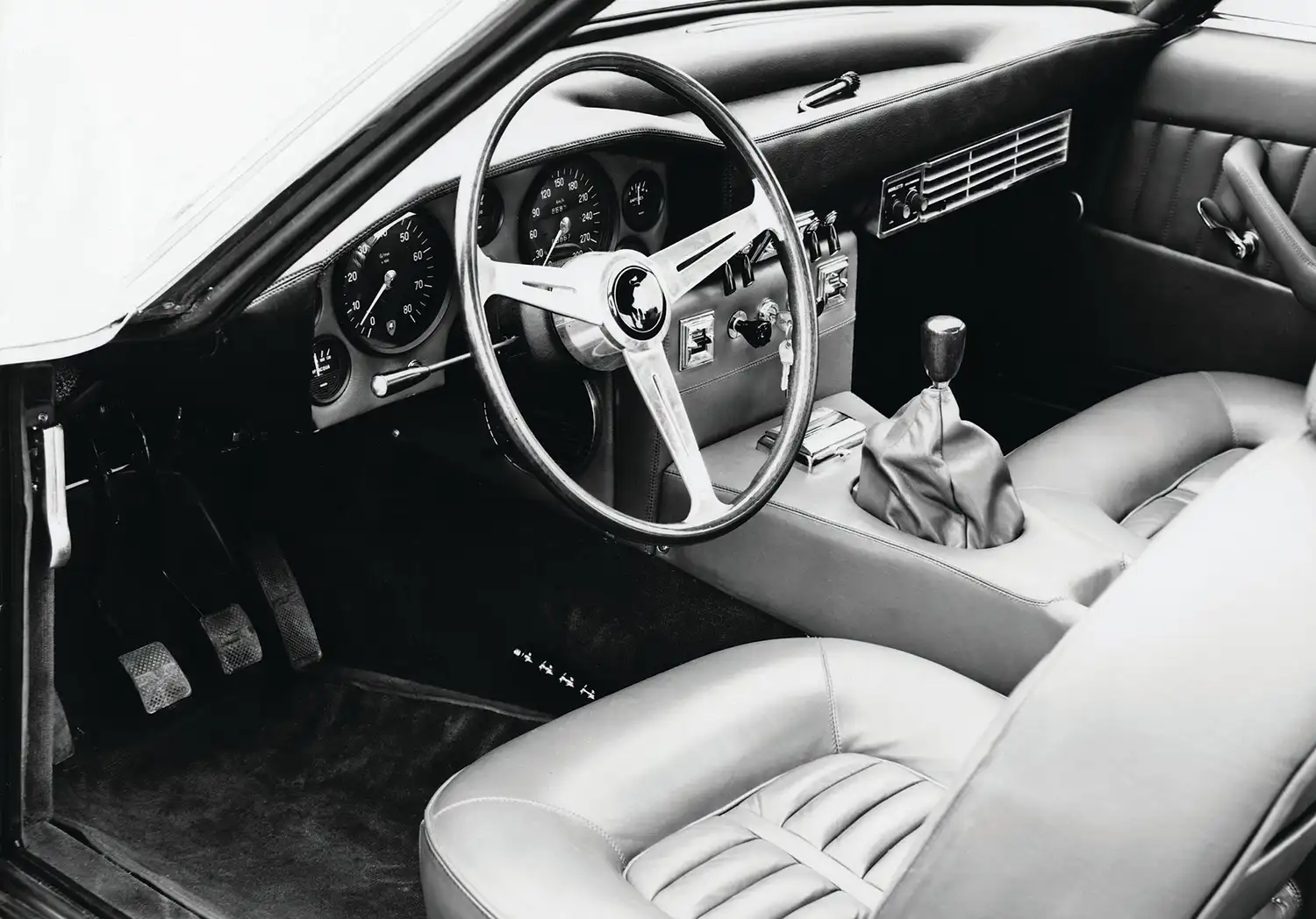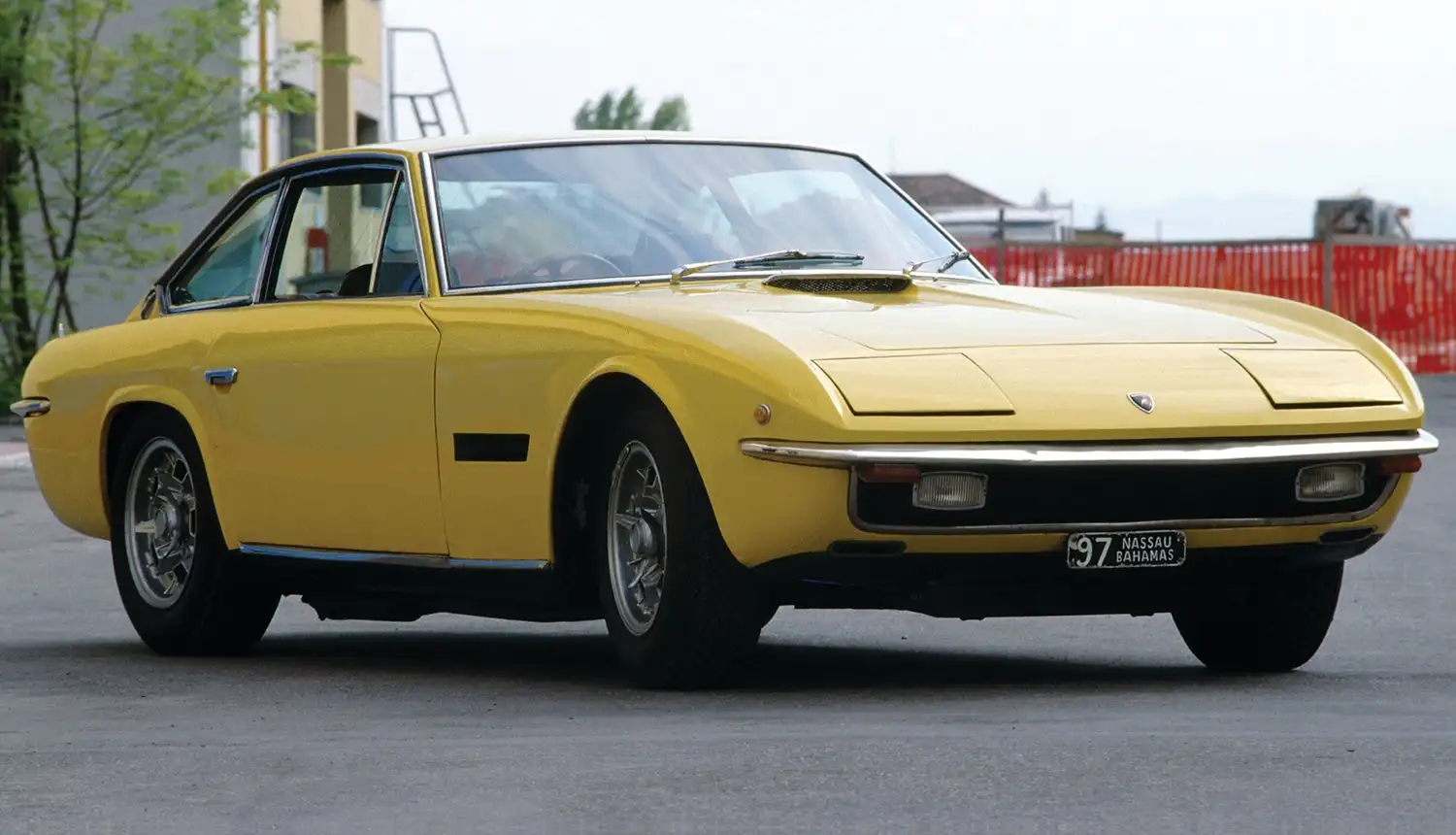
Produced from 1968 to 1970, the Lamborghini Islero was a true embodiment of Lamborghini’s dedication to crafting high-performance, luxurious grand tourers. Powered by the iconic Lamborghini V12 engine, the Islero replaced the 400GT and made its public debut at the 1968 Geneva Auto Show, showcasing both elegance and power.
A Name with a Story
The Islero (pronounced “eez-LEHR-oh”) carried a name steeped in dramatic history, borrowed from the bull that fatally injured famous Spanish matador Manuel Rodriguez “Manolete” on August 28, 1947. This name added to Lamborghini’s tradition of naming their cars after iconic bulls, underscoring the vehicle’s fierce yet refined nature.
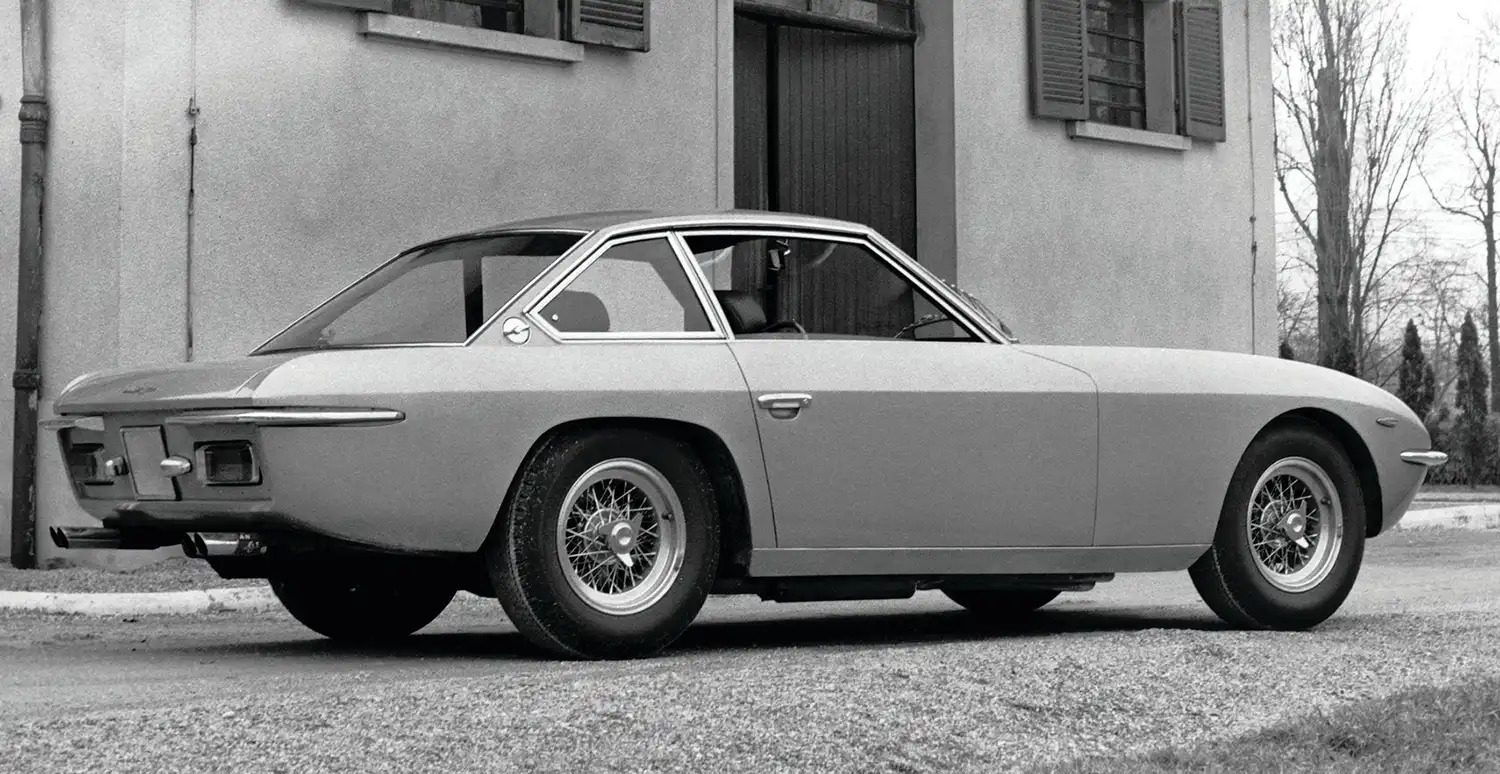
A New Design Era
When Carrozzeria Touring, the company behind the Lamborghini chassis design, went bankrupt, Lamborghini turned to Carrozzeria Marazzi—a logical choice given that it was founded by Mario Marazzi, a former Touring employee. The Islero’s design was essentially a reworked version of the 400GT, but with notable improvements. While the car’s bodywork suffered from panel misalignment, the Islero offered several practical benefits, including improved outward visibility, a more spacious interior, and enhanced soundproofing, making it more comfortable for long drives.
Under the hood, the original Islero featured a 4.0L V12 engine delivering an impressive 325 horsepower, paired with a 5-speed manual transmission. With fully independent suspension and disc brakes, it boasted a top speed of 155 mph (250 km/h). Only 125 units of the Islero were produced, adding to its exclusivity.
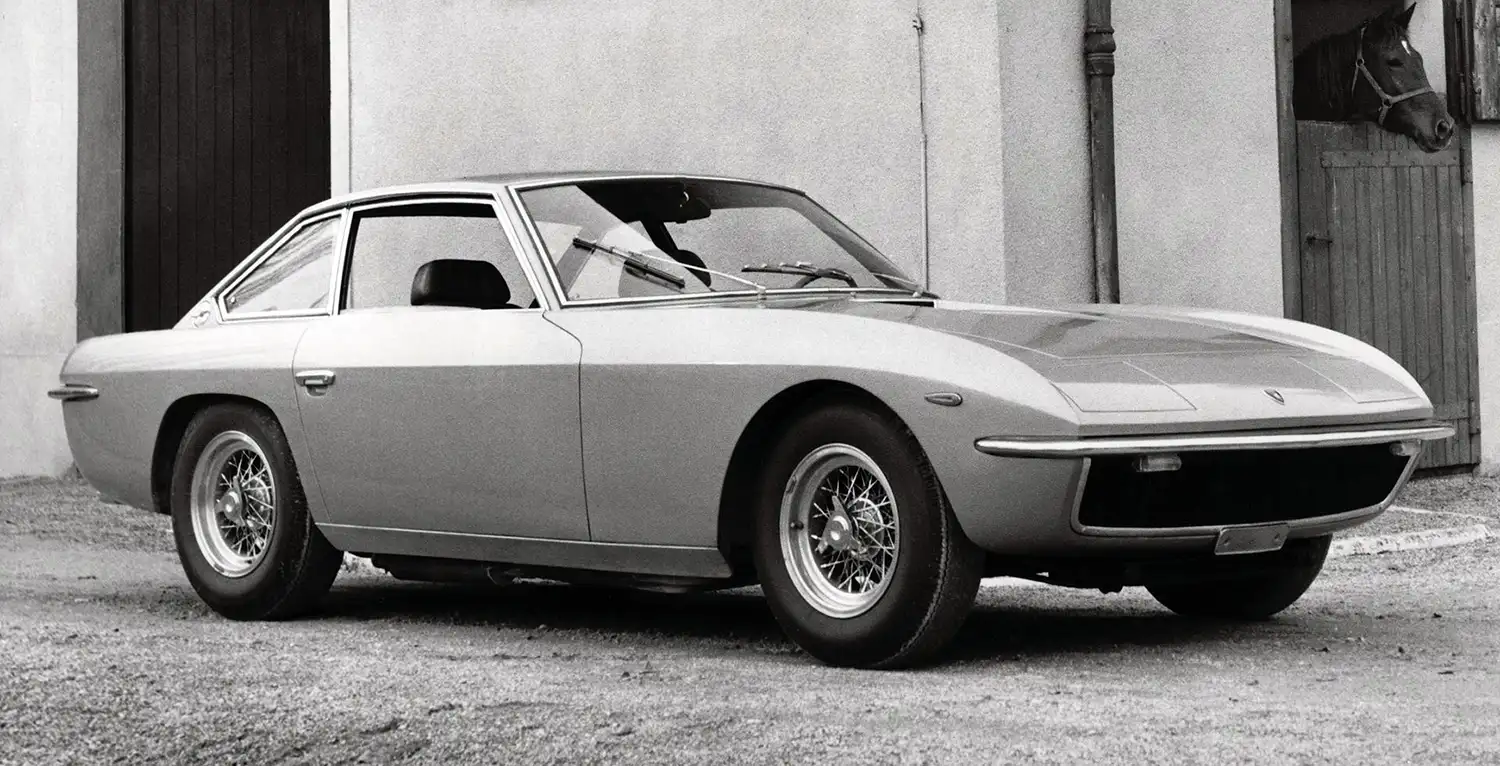
The Islero S: A Performance Evolution
In 1969, Lamborghini released an updated version of the Islero, known as the Islero S. This model saw the V12 engine’s power output boosted to 350 horsepower, although the torque remained unchanged. The top speed increased to 161 mph (260 km/h), offering even more thrilling performance.
The Islero S introduced various styling refinements, including brightwork blind slots on the front fenders, a larger hood scoop for interior ventilation, slightly flared wheel arches, and tinted windows. Round side marker lights replaced the original teardrop-shaped ones, and a fixed section was added to the door windows for improved aesthetics. Mechanical upgrades included larger brake discs and revised rear suspension, along with a revamped dashboard and interior to enhance the overall driving experience.
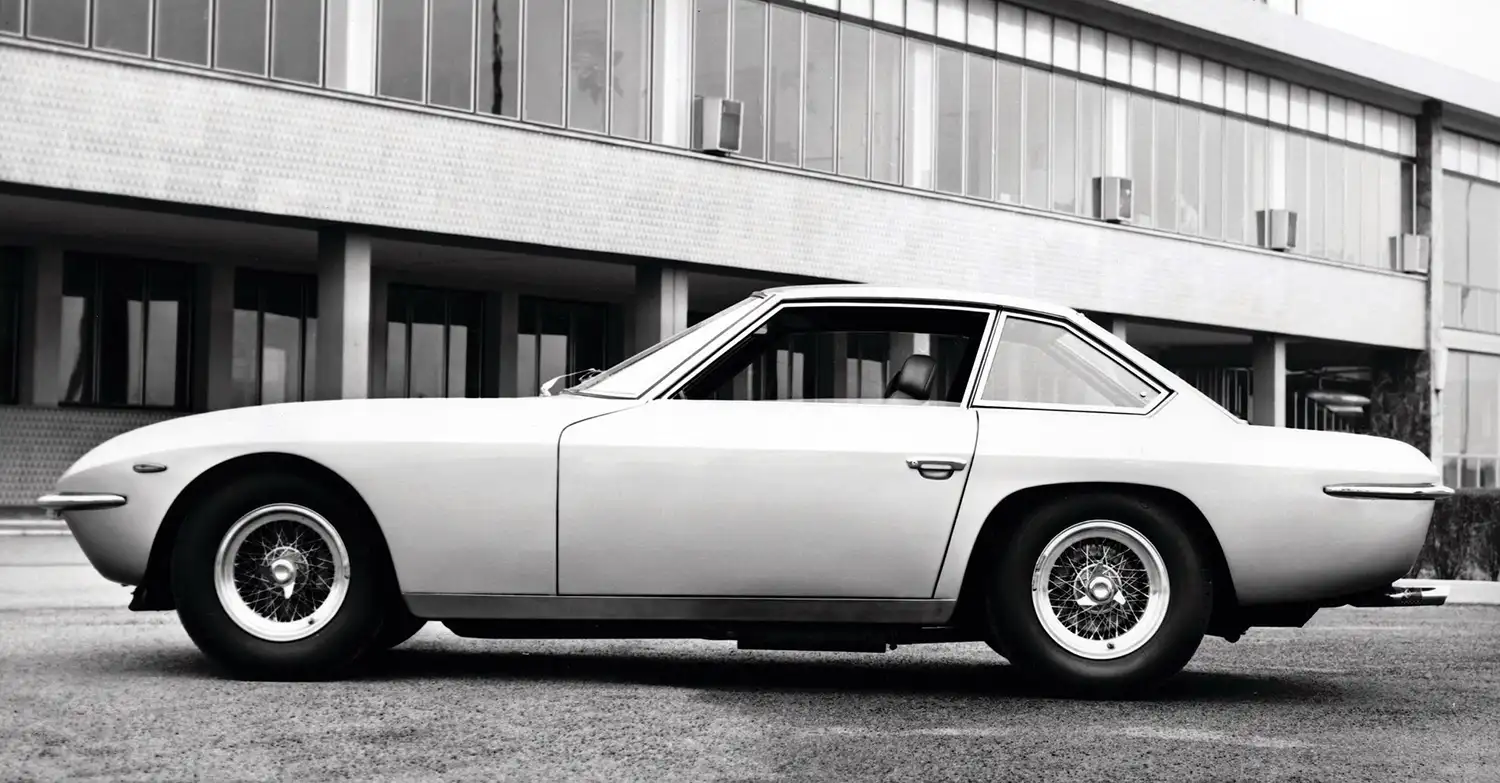
Limited Production and Lamborghini’s Personal Connection
With only 100 examples of the Islero S produced, the total number of Isleros built reached a mere 225 units. Despite its limited production, the Islero holds a special place in Lamborghini’s history. It was the personal car of Ferruccio Lamborghini, the company’s founder, who used it as his daily driver during the era, further cementing its significance.
Lamborghini Islero – Key Specs
- Production Years: 1968-1970
- Engine: 4.0L V12
- Power Output:
- Islero: 325 HP
- Islero S: 350 HP
- Transmission: 5-speed manual
- Top Speed:
- Islero: 155 mph (250 km/h)
- Islero S: 161 mph (260 km/h)
- Brakes: Disc brakes
- Suspension: Fully independent
- Total Production:
- Islero: 125 units
- Islero S: 100 units
- Notable Features: Improved soundproofing, spacious interior, Ferruccio Lamborghini’s personal car
The Lamborghini Islero stands as a unique chapter in Lamborghini’s legacy, combining luxury and high performance with a timeless V12 engine. Though overshadowed by more famous models like the Miura, the Islero remains a coveted collector’s item, prized for its exclusivity and historical significance.
Source: Lamborghini
This article was crafted with assistance from Chatgpt
